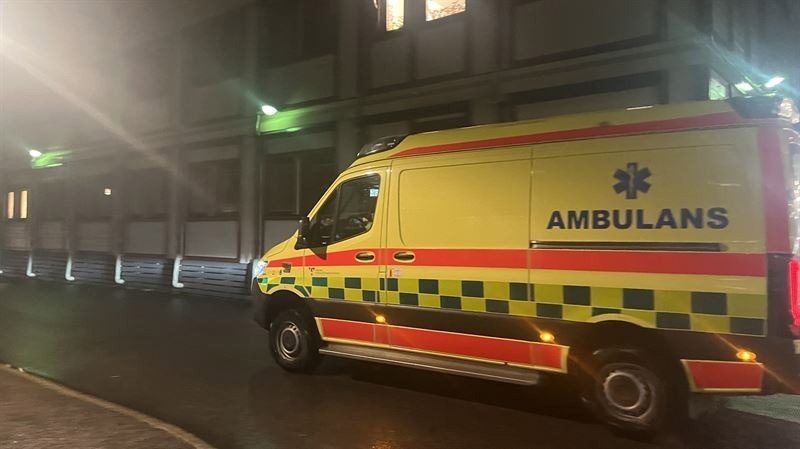Assessing how seriously injured a person is, involves weighing up lots of different parameters fast. If healthcare professionals could get support making fast-paced, life-critical decisions from an AI tool, more lives could be saved. This is shown by research from Chalmers University of Technology in Sweden, along with the University of Gothenburg and the University of Borås.

Image Credit: Chalmers University of Technology
"If severely injured people are transported directly to a university hospital, the chances of survival increase, as there are resources to take care of all types of injuries. Therefore, we need to be able to better say who is severely injured, and who is not, so that everyone receives the right care and that resources are used in the best way," says Anna Bakidou, doctoral student in the research group Care@Distance - Remote and Prehospital Digital Health at the Department of Electrical Engineering at Chalmers University of Technology.
In a recently published study, Anna Bakidou and her co-authors have developed five different mathematical models based on the data of adults who came into contact with ambulance care between 2013 and 2020. This data is from over 47,000 real events, retrieved from the Swedish Trauma Registry, which also showed where the people had been transported. By weighing up a number of complex variables, such as respiratory rate, injury type, blood pressure, age and gender, it turned out that all AI models could perform better than the clinical outcome - which were the transport decisions made by the ambulance staff at the time of the incident.
Many severely injured taken to regular hospitals
It turned out that 40 percent of the severely injured patients were not sent directly to a university hospital. At the same time, 45 percent of the non-severely injured were sent to university hospitals unnecessarily, as their injuries could have been taken care of in a regular hospital.
"Ambulance personnel are constantly faced with difficult and quick decisions. Our hope is that a more objective decision support system will be able to function as an 'extra colleague' that makes staff see more complex connections and think twice in cases where injuries can be difficult to perceive or assess," says Anna Bakidou.
As an example, she mentions that younger people - who are often involved in traffic accidents - are frequently judged to be more severely injured than they are. On the other hand; older people, who are involved in events such as fall accidents, are often assessed as mildly injured - despite the fact that their condition can suddenly become life-threatening, due to consequences such as internal bleeding.
Several steps before the technology can be put into use
Although the mathematical models show that many human lives could potentially be saved, there is still a long way to go before ambulance staff can use the technology. A crucial step is to find methods to input all of the information quickly and easily into the AI tool, and for the service to be able to interact with the users in a good way.
"For example, can you talk to the tool to be able to have both hands free? How can existing routines and protocols be used to work together with the AI, and how can the advice to staff be updated when new data is added? We need to test and take these things into account when we proceed with more studies and prototype work," says Anna Bakidou.
Before AI services could become part of everyday life for ambulance staff, large-scale clinical trials over time are also required.
The regulations mean that it takes time and there is also a fear of AI. There can be serious consequences if things go wrong. Everything that is to be introduced into healthcare must be validated. At the same time, we know that some of the methods used today are not always the best. When it comes to ambulance care, there is not much research on AI, and we hope that our mathematical models will be able to contribute with support that is adapted to the work environment and that in the long run provides more equal care."
Stefan Candefjord, Co-Author, Associate Professor at the Department of Electrical Engineering at Chalmers
Source:
Journal reference:
Bakidou, A., et al. (2023). On Scene Injury Severity Prediction (OSISP) model for trauma developed using the Swedish Trauma Registry. BMC Medical Informatics and Decision Making. doi.org/10.1186/s12911-023-02290-5.